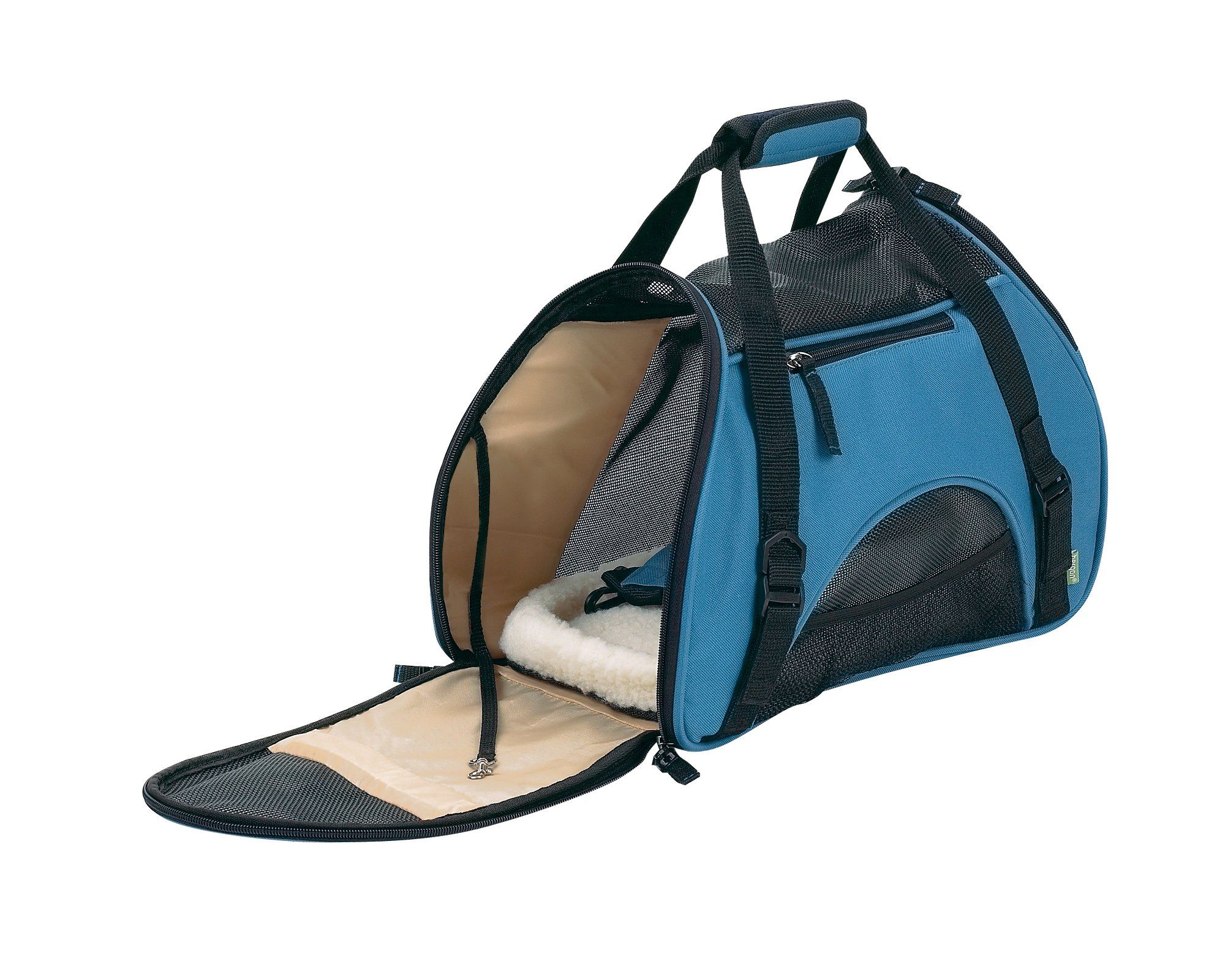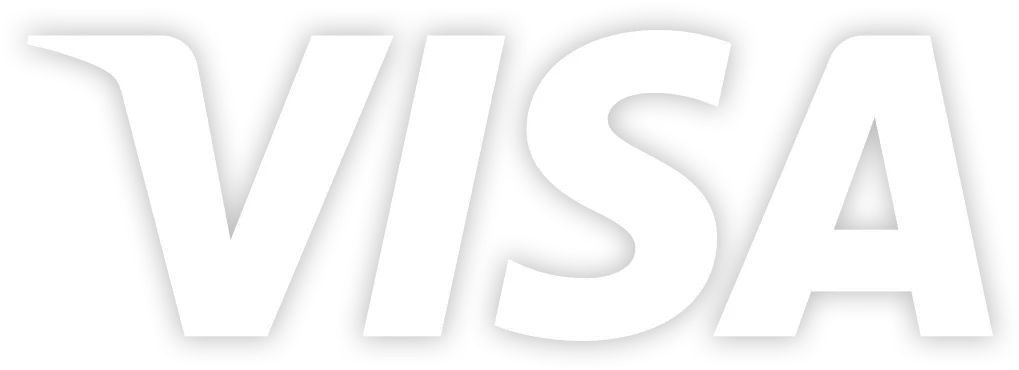Animals

Pets: Only Cats and Dogs Allowed
🐾 Four-legged friends are welcome on board… with a few conditions!
Only dogs and cats are allowed to travel with us, either in the cabin or in the hold, depending on their size and weight.
👉 Unfortunately, other species are not permitted on board.
🐶🐱 Traveling with your pet
At French bee, we love animals! To ensure their journey goes smoothly, here’s what you need to know:
👉 Reservation required: Be sure to notify us of your pet’s presence as early as possible, and no later than 48 hours before departure. This allows us to confirm whether your pet can travel in the cabin or must be transported in the hold.
👉 Updated documents: Check the health and customs requirements for the country of departure, arrival, and any transit points.
👉 Owner responsibility: You are responsible for ensuring your pet’s documents are valid and compliant.
Plan your trip with peace of mind and take off with your loyal four-legged companion! ✈️🐾
- If you are traveling with your pet in the cabin it is not be possible to book a Maxi Leg seat.
- In the hold or on the cabin, an animal can not travel with an unaccompanied minor.
- This transportation of animal is not available from and to Papeete, Tahiti.
Animals in the hold
-
-
Dogs and cats are the only animals allowed to travel in the hold (please note that AVIH, which stands for live animal in hold, is subject to permission from the airline). The size and weight of the animal to be carried in the hold will determine its suitability for air transport (subject to quotas).
Conditions of acceptance
- Since August 11, 2015, French bulldogs are no longer permitted to be transported in the hold. Dogs weighing under 8kg (17 lbs) may travel in the cabin (see the Pets in cabin section).
- The admissibility of pets onto the aircraft is subject to the condition that the passenger assumes full responsibility for the animal.
- The airline denies all liability for injury, loss, delay, illness or death of pets taken on board. These conditions apply even if the animal is refused entry or transit into a given state or territory.
- The transport of animals under 8 weeks old is prohibited on flights operated by French bee.
- Air transport of malodorous animals and female animals in heat is not permitted.
- Sedation of the animal is not recommended as sedatives lower blood pressure, a phenomenon which naturally occurs at high altitude). The combination of the effects of sedatives and high altitude can be fatal to older animals or animals that are experiencing distress.
Regulations
For animals over 8 weeks old, the following documents will be required at check-in:For connecting flights involving a long-haul journey, pets traveling in the hold (AVIH) can only be accepted if the layover time is less than 2 hours, and a "TRANSFER" tag shall be affixed.
To/From Reunion Island
📄 Declaration of conformity for the transport of animals in the hold
📄 Mandatory identification (tattoo or microchip);
📄 European passport proving the identification.Please note: The rabies vaccine is not required for travel to or from Reunion Island.
To/From The United States
We invite you to review the new requirements implemented by the CDC (Center for Disease Control) starting August 1, 2024.
📄 For dogs only - Ensure your dog is at least 6 months old.
📄 Declaration of conformity for the transport of animals in the hold
📄 Mandatory identification (tattoo or microchip).
📄 Rabies vaccination certificate: The vaccination must be administered at a minimum age of 12 weeks and must be valid (initial vaccination and up-to-date boosters), dated more than one month and less than one year before travel.
📄 For dogs only: Complete and submit the "CDC Dog Import Form" directly on the CDC portal. A response will be sent back to you by the CDC. You must be able to present this response at your departure airport check-in and upon arrival in the USA.
📄 For dogs only: Submit to the requirements listed here if your dog has been in a high-risk rabies country in the past 6 months.
📄 International health certificate dated within 7 days before the departure of the flight.
Snub-nosed animals
In case of stress, snub-nosed animals, such as pugs, bulldogs, boxers, Pekinese, shih tsu or other Persian cats, may suffer from breathing difficulties due to their morphology. As a precaution, we do not accept them on our flights. -
-
Travel container
- The name and address of the animal’s owner must be attached to the cage.
- The use of a wooden cage (chipboard or plywood) is strictly prohibited for the transport of an animal.
- The cage must have appropriate dimensions which allow the animal to lie down, turn around and stand up with its head raised normally, without the head or ears of the animal touching the ceiling of the cage.
- Cages must be secured with Zip ties to ensure they cannot be opened by your pets.
- For your convenience, click here, for a list of the appropriate cages for different types of animal.
Carriage of 2 animals
2 adult animals can be transported in the same cage on the condition that they are of similar size, both weigh under 14kg (30 lbs), and are used to each other’s company, in addition to compliance with the conditions for the cage outlined above. The price for the transport of a single cage will not increase if two animals are transported in the same cage. Animals weighing over 14kg (30 lbs) should be carried in separate cages.Transporting your animal by freight container
- All other animals, as well as large dogs which are not permitted to be transported in a N°5 (or Ref 700) cage, or in a cage built to the model and standards stated in the LAR (Live Animals Regulation), should be transported by freight.
- The maximum weight permitted for animals transported AVIH (in the aircraft hold) on transatlantic flights is 75KG or 165 lbs (inclusive of both the weight of the animal and the cage). Where this weight limit is exceeded, transport must be carried out by freight.
-
-
Transport of animals is not included in the baggage allowance:
- Flat rate: 195USD per trip, non-refundable.
- As the transport of animals is subject to quotas, it is advisable that you contact our agents at 0825 205 205 (0.20€/min) / 1-833-376-7158 (toll free number) from the USA.
- Please indicate the breed, weight and dimensions of the cage in your request.
- Transport containers can be purchased in pet stores and other specialized stores.
- Ref. 100: 21" x 16" x 15"
Suitable for: Small pets (compact size) - Ref. 200: 27" x 20" x 19"
Suitable for: Small to medium-sized pets - Ref. 300: 32" x 22" x 23"
Suitable for: Medium-sized pets - Ref. 400: 36" x 24" x 26"
Suitable for: Medium to large pets - Ref. 500: 40" x 27" x 30"
Suitable for: Large pets Ref. 700: 48" x 32" x 35"
Suitable for: Very large petsExamples of cages approved for air travel ("AIRLINE APPROVED").
Animals traveling in the cabin
-
-
Dogs and cats are the only animals permitted to travel in the cabin (PETC).
Conditions of acceptance
- Dogs and cats with a maximum weight of 8kg (17 lbs) inclusive of their cage.
- The animal must be locked into the cage including the animal’s head, for the duration of the trip and the animal should travel at the feet of the passenger.
- The dimensions of the container cannot exceed 43x35x20cm.
- The container should be waterproof, made of a supple material, and the animal should be able to be at ease in the container for the duration of the flight.
- The container should be capable of being stowed under a seat.
- The transport of animals under 8 weeks of age is not permitted.
Please note: The rabies vaccine is not required for travel to or from Reunion Island.
Regulations
For animals over 8 weeks of age, the following documents will be required at check-in:
To/From Reunion Island📄 Declaration of conformity for the transport of animals in the cabin
📄 Mandatory identification (tattoo or microchip);
📄 European passport proving the identification.Please note: The rabies vaccine is not required for travel to or from Reunion Island.
For travel to/from the United States:
We invite you to review the new requirements implemented by the CDC (Center for Disease Control) starting August 1, 2024.
📄 Declaration of conformity for the transport of animals in the cabin
📄 For dogs only - Ensure your dog is at least 6 months old.
📄 Mandatory identification (tattoo or microchip).
📄 Valid rabies vaccination certificate performed at a minimum age of 12 weeks, current (initial vaccination and up-to-date boosters) dated more than one month and less than one year.📄 For dogs only: Complete and submit the "CDC Dog Import Form" directly on the CDC portal. A response will be sent back to you by the CDC. You must be able to present this response at your departure airport check-in and upon arrival in the USA.
📄 For dogs only: Submit to the requirements listed here if your dog has been in a high-risk rabies country in the past 6 months.
📄 International health certificate dated less than 7 days before the flight departure.Snub-nosed animals
Due to their unique anatomy, snub-nosed breeds are more susceptible to breathing difficulties when under stress. As a precaution, they are permitted on our flights.
- The following dog breeds are affected: Affenpinscher, Boston Terrier, Boxers (all breeds), Bulldogs (all breeds), Bullmastiff, Cane Corso, Pugs (all breeds), Chow Chow, Mastiffs (all breeds including Presa Canario), certain types of Spaniels (Tibetan, Japanese, English Toy, King Charles), Brussels Griffon, Lhasa Apso, Neapolitan Mastiff, Pekingese, Petit Brabançon, Shih Tzu, Shar Pei, Staffordshire Bull Terrier (Staffy), and American Bully.
- The following cat breeds are affected: Burmese, Exotic Shorthair, Himalayan, and Persian. -
-
Transport bag
- Cats and dogs traveling in the cabin should travel in a compliant pet transport bag made of a soft material. Maximum authorized dimensions: 43x35x20cm
- Pet transport bags made from soft materials are available in pet stores and other specialist retailers.
Example of carrying case:

Traveling with 2 animals
In the cabin, traveling with two animals in the same transport bag is not allowed. You can travel with only one pet per traveler (a dog or cat). If you have two pets, one must be placed in the hold.Placement in the aircraft
If you are traveling with your pet in the cabin it will not be possible to book a Maxi Leg seat. This is because, when traveling with a pet, it must be possible for their cage to be stowed under the seat in front of you. -
-
Transport of animals is not included in the baggage allowance:
- Flat rate: 100USD per trip, non-refundable.
- If you bring a stroller for your pet, it will be charged at the airport as follow:
- One flight: 35 USD / 30€ / 3600 XPF / 45CAD - As the transport of animals is subject to quotas, it is advisable that you contact our agents at 0825 205 205 (0.20€/min) / 1-833-376-7158 (toll free number) from the USA.
Category 1 and Category 2 dogs
-
-
You will find in this section the new regulations in force since June 6, 1999 regarding potentially dangerous dogs (Law n°99.5 du 6 Janvier 1999: Journal Officiel). Potentially dangerous dogs are divided into two categories. These include molossus type dogs, defined by their heavy, thick body, strong skeleton and a thick neck.
Dogs in these two categories cannot be taken aboard by:- People under the age of 18.
- Adults subject to guardianship unless they have been legally authorized to do so by a judge.
Category 1 dogs (atttack dogs)
Category 1 is comprised of dogs commonly called "Pitbull", "Boerboel" and "Tosa" who are not part of a breed registry recognized by the Ministry of Agriculture and Fisheries. The importation and introduction onto French territory of Category 1 dogs as outlined in Article 211-1 is punishable by 6 months imprisonment and a 15,245 euro fine.
The transport of Category 1 dogs (attack dogs) is not permitted on our flights.
The following animals are not considered to be dangerous dogs: Bull Terriers, Staffordshire Bull Terriers, American Bulldogs and American Staffordshire Bull Terriers, which resemble miniature American Staffordshire Terriers.
Category 2 dogs (guard dogs and defense dog)
This includes dogs of the following breeds, Staffordshire Bull terriers, American Staffordshire Terriers, Rottweilers and similar dogs which, based on their physical characteristics may be considered to be of Rottweiler breed, despite not belonging to a breed registry recognized by the Ministry of Agriculture and Fisheries. These dogs may be imported or introduced onto French territory subject to the following conditions:
- Livret d'origines françaises (French origin booklet), with the exception of Rottweilers.
- Dog identification by tattoo or microchip
- Certificate of good health issued by a veterinarian a maximum of 5 days before the date of departure.
- Valid rabies vaccination certificate dated more than one month and less than one year before the date of travel,
- Presentation of an insurance certificate which guarantees the civil responsibility of the owner for any damages caused to third parties by the animal.
- Permit from the mayor of the area where the owner or keeper of the dog is domiciled.
- Certificate of fitness of the dog owner or keeper
- An evaluation of the animal’s behavior by a competent veterinarian.
-
-
The transport request should be made during booking and no later than 48 hours before your flight departure. Authorization must be obtained; you will not be able to check in your category 1/2 animal without prior approval; check-in will be denied. The documents sent with your request will be rechecked at the time of check-in.
Service animals
-
-
What is s a service dog?
French bee only accepts trained service animals.
A trained service animal is defined as a dog (of any breed) trained to perform a function or to assist in the performance of a vital function for a person defined as having a disability, including persons with psychological disabilities.
Each passenger is limited to a maximum of two trained service animals.
Conditions of acceptance
- Dogs must comply with all health requirements of the countries of departure and arrival and / or transit.
- It must be identifiable by a dog tag or harness. You must be able to provide proof (along with credible verbal proof) of the animal’s certification and its use.
- Service dogs do not need to be muzzled (provide the device if needed)
- Service dogs must remain permanently attached (on a leach)
- Service dogs must be well behaved at all times
French bee reserves the right to refuse boarding to any trained service animal that poses a threat or exhibits aggressive or inappropriate behavior in a public place (barking, growling, uncontrolled natural needs, etc.).
Regulations
We invite you to inform us of the presence of a service dog in the cabin (SVAN service) at least 48 hours before departure.1- Mandatory Individual Identification by Microchip
2- For flights scheduled to last 8 hours or more:
- Obtain a veterinary certificate stating that the dog will not need to relieve itself during the flight, or
- Provide a list of items (e.g., diapers, medications) the passenger will bring on board to avoid any hygiene issues in the cabin.
3- Print a copy of the pet passport page with the information on the breed, weight, and size.
For Travel To/From the United States
We invite you to review the new requirements implemented by the CDC (Center for Disease Control) starting August 1, 2024.
4- Ensure your dog is at least 6 months old.
5- Complete and print the following forms:
- 📄 Service Animal Air Transportation Form for flights to/from the USA
📄 + Assistance Animal Hygiene Certficate
6- 📄 For dogs only: Complete and submit the "CDC Dog Import Form" directly on the CDC portal. A response will be sent back to you by the CDC. You must be able to present this response at your departure airport check-in and upon arrival in the USA.
7- 📄 For dogs only: Submit to the requirements listed here if your dog has been in a high-risk rabies country in the past 6 months.
-
-
Placement in the aircraft
- If you are traveling with a service dog, the dog must sit in the floor space in front of your assigned seat and may not encroach on the aisles or the footwell of adjacent passengers.
- Sitting on a seat located next to an emergency exit row is prohibited. Reservation of a maxi leg seat is permitted provided it is not located next to an emergency exit.
We do not accept the transportation of emotional support animals.
Our passengers who wish to travel with a pet may do so in accordance with French bee's policy on traveling with pets in the cabin or in the hold.







